Coffee, the second most consumed beverage right after water, and most likely the most common source of caffeine in the world. People drink coffee for a variety of reasons:
- To feel energized in the morning
- increase energy levels during the day
- burn fat by activating our metabolism
- improve brain functions like memory or reaction times
- other short and long-term benefits.
And well, some only like the taste and all the many combinations you can make with it!
According to the Dietary Guidelines for Americans, more than 95% of adults in the United States consume foods and drinks containing caffeine.
That’s why we dare to say most people drink coffee primarily because of the energy pump caffeine provides. So if you are wondering about the amount of caffeine in your morning coffee, keep reading because today we are learning how much caffeine is in an 8-ounce cup of coffee!
Before we get started, we want to mention that this information is for entertainment purposes only and you should always consume coffee responsibly at your own risk.
Let’s get started!
DISCLAIMER: THIS WEBSITE DOES NOT PROVIDE MEDICAL ADVICE
The information, including but not limited to, text, graphics, images ad other material contained on this website are for informational purposes only. No material on this site is intended to be a substitute for professional medical advice, diagnosis, or treatment. Always seek the advice of your physician or other qualified health care provider with any questions you may have regarding a medical condition or treatment and before undertaking a new health care regimen, and never disregard professional medical advice or delay in seeking it because of something you have read on this website.
How much caffeine does my cup of coffee have?
Normally, a cup of black coffee has about 95 mg of caffeine, depending on certain factors, because we know there isn’t just one type of coffee.

Caffeine content found in coffee beans is affected several factors, for example:
- Type of coffee beans. There are different families of coffee beans, and they all have unique characteristics that others don’t. For example, the most common coffee type is Arabica coffee beans, but if you are looking for more caffeine, then Robusta coffee beans are what you need.
- Roasting. Roasting is the process of heating the coffee cherry beans to enhance coffee beans’ aroma and flavor. The coffee roasting process affects the caffeine content too. Even though the darker roasts will have a stronger, deeper flavor, it’s light roasts that will have more caffeine.
- Coffee brewing method. As it was to be expected, the type of coffee brewing method affects caffeine too. Caffeine levels are affected by different coffee drinks. For example, if you drink a cup of black coffee, typical espresso drinks (source), instant coffee, and all the other methods out there, the caffeine concentration will change.
Now that we know how much the type of bean and the roasting process affect caffeine levels in your 8 ounces of coffee, it’s time to take a closer look at the factor that plays a bigger role: the coffee brewing method.
Let’s see why it’s so important!
Caffeine content depending on the coffee brewing method
So we mentioned before that an average cup of coffee contains around 85-95mg of caffeine. Most people think a shot of espresso has more caffeine, but it’s actually not true as any espresso-based beverage will have about 63 mg of caffeine or 125 for a double shot of espresso.
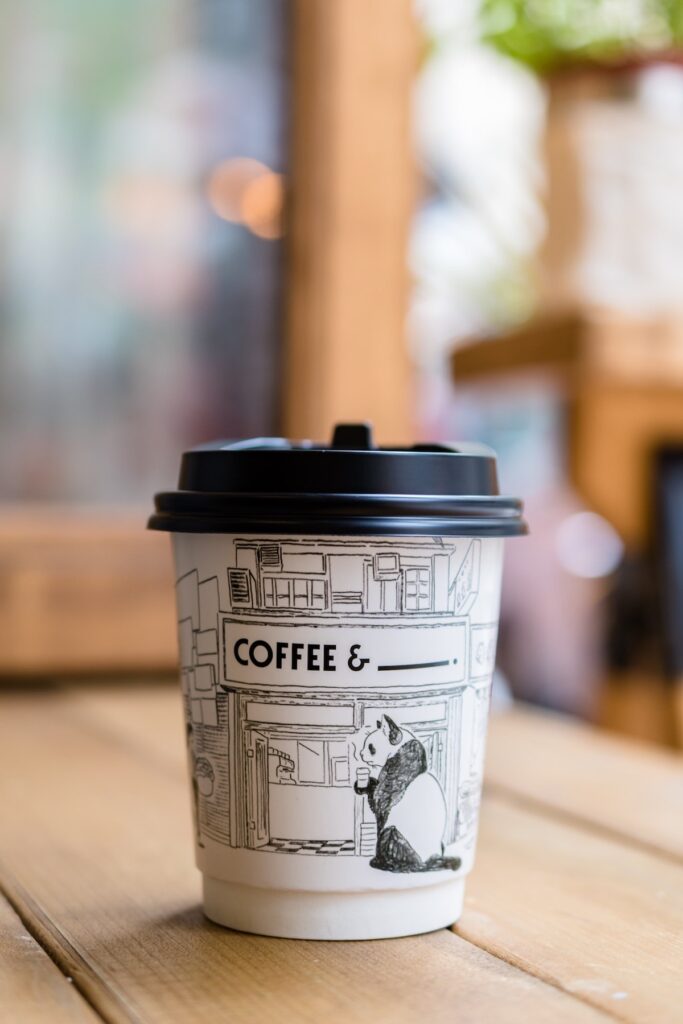
If you are unsure whether that’s too much or too little, let us tell you that health experts recommend a maximum of 400-600 mg of caffeine every day, so unless you’re drinking over 8 shots of espresso a day, you’re probably fine.
So the main determinant of caffeine levels in a coffee is the type of coffee. The same 8 oz cup will have different caffeine levels according to the brewing method. These are the main ones:
Brewed coffee
One of the most common brewing methods, also called filter coffee, is created by brewing ground coffee beans in hot water with a filter that divides grounds from the brewed coffee. Some methods are drip coffee, pour-over coffee, French press, among others.
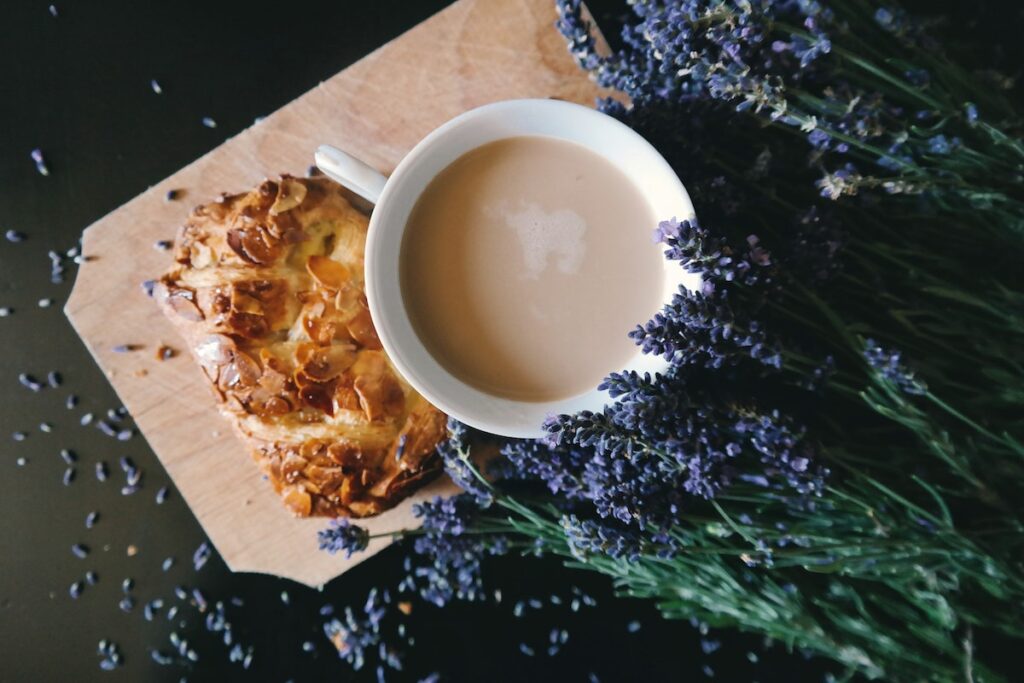
8 oz of brewed coffee normally contains 95 mg of caffeine (source).
Cold-brew
Cold-brew is a very simple yet strong brewing coffee. To make a cold brew, you need to steep coffee grounds in water for about 15 hours, and then remove the coffee grounds with a filter. The remaining liquid is your cold brew and can be mixed with juice, water, milk, or just ice.
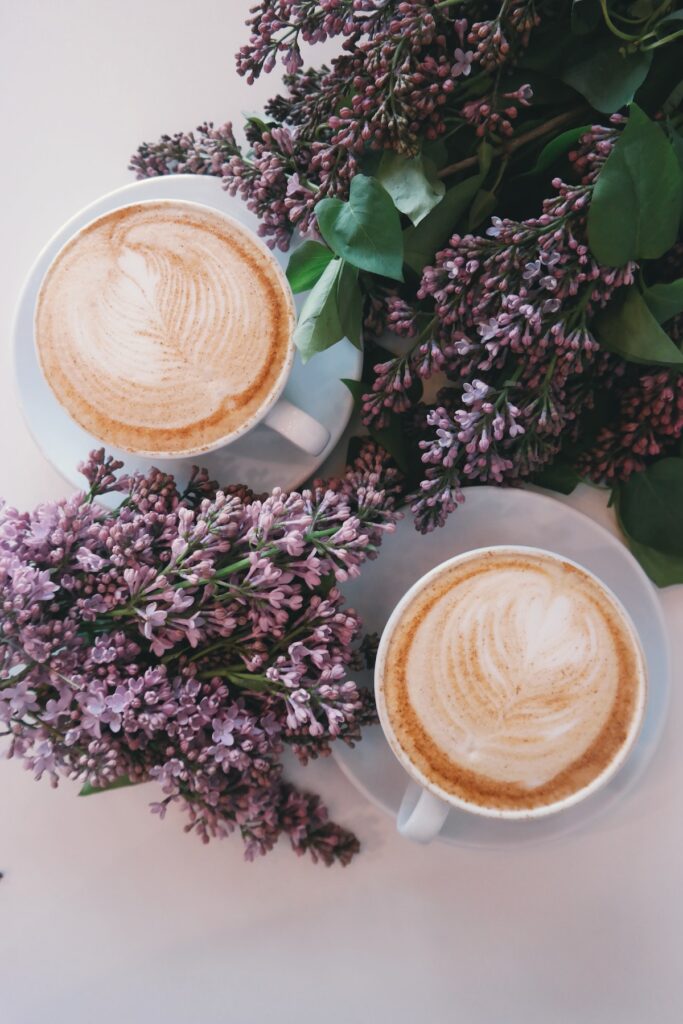
8 oz of cold brew coffee normally contains 100 mg of caffeine.
Espresso
Espresso is also a very popular way to up your caffeine intake. Espresso is created by pushing hot water through finely-ground coffee beans. Like we mentioned before, a shot of espresso has more caffeine per volume than coffee, however, you usually drink more than one or two cups of regular coffee a day, whereas you may take only two shots of espresso.
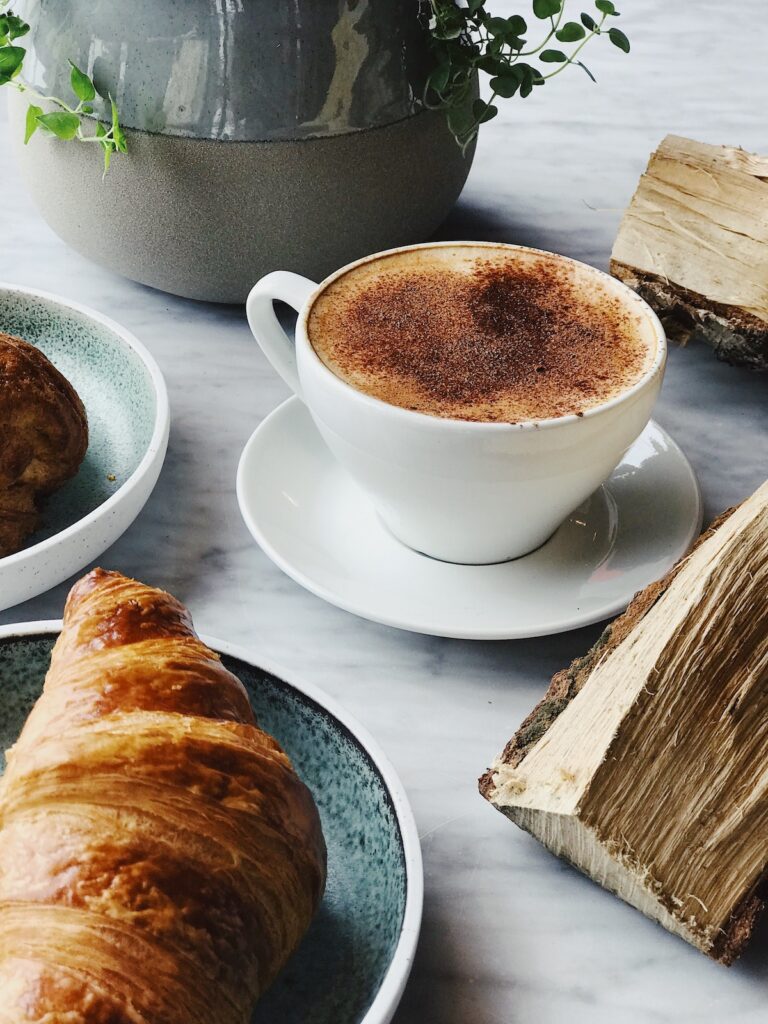
8 oz of espresso normally contains 480 mg of caffeine (although this is not recommended)
Instant coffee
Instant coffee is one of the easiest ways to make coffee: simply add hot water to instant coffee powder and mix. Depending on the brand and coffee type, the caffeine levels may vary.
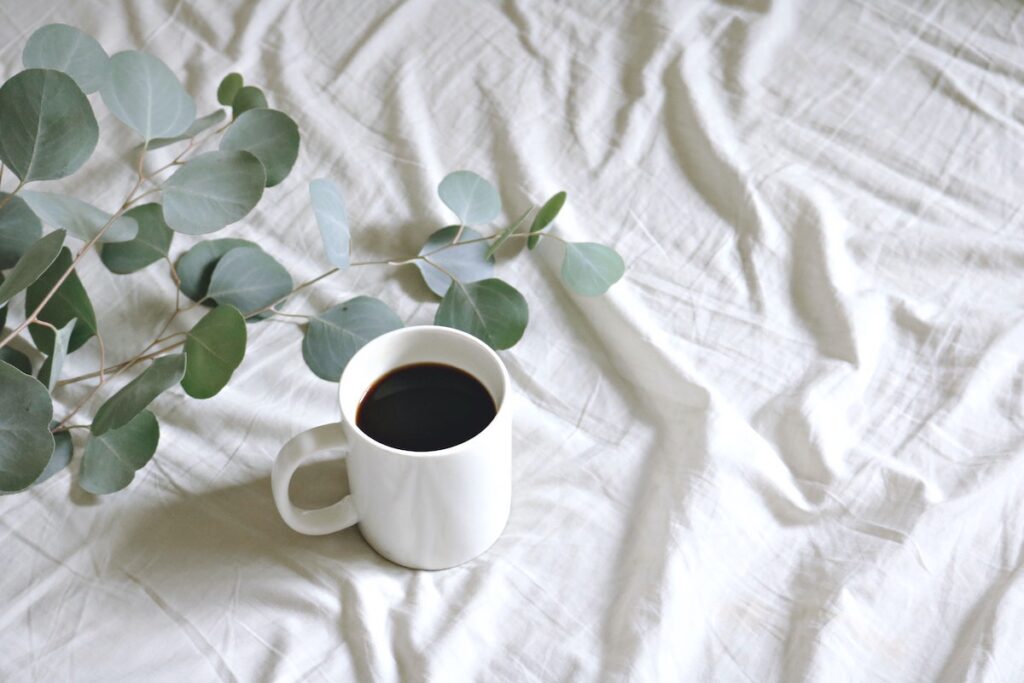
8 oz of instant coffee normally contains 62 mg of caffeine.
Other methods
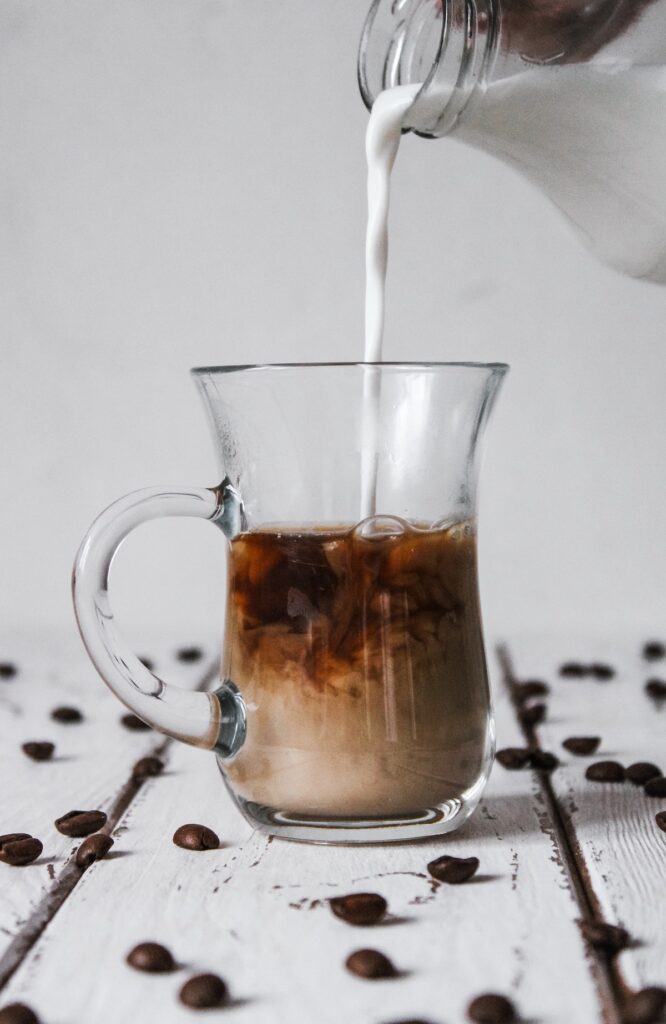
Here are other methods that we want to briefly cover too in case you’re curious:
- 8 oz of a drip coffee has between 70-140 mg of caffeine
- Single shot of espresso, average serving size of 30-50ml, has 47-75 mg of caffeine
- 8 oz of latte has between 95-105 mg of caffeine
- 8 oz of French Press usually has between 80-135 mg of caffeine
- 8 oz of decaffeinated coffee usually has between 0-7 mg of caffeine
As you can see, most coffee brewing methods tend to achieve around the same amount of coffee caffeine. Of course, these numbers may vary depending on the roasting level, or the coffee type; choosing Arabica beans over Robusta beans will give you a coffee less caffeinated.
The difference between Arabica and Robusta is big. Arabica is hard to grow and needs higher altitudes, shade, and rain, whereas Robusta can grow in lower altitudes and produce massive amounts of coffee. But in terms of caffeine, Robusta usually contains twice as much caffeine as Arabica.
So keep that in mind for next time you’re looking to kick – or lower – your caffeine intake!
What is a healthy caffeine intake?
Caffeine has tons of benefits to our bodies and brain. Did you know that drinking coffee in healthy amounts helps physical performance, increases brain function, slows metabolism down, protects against heart disease, diabetes, and more?
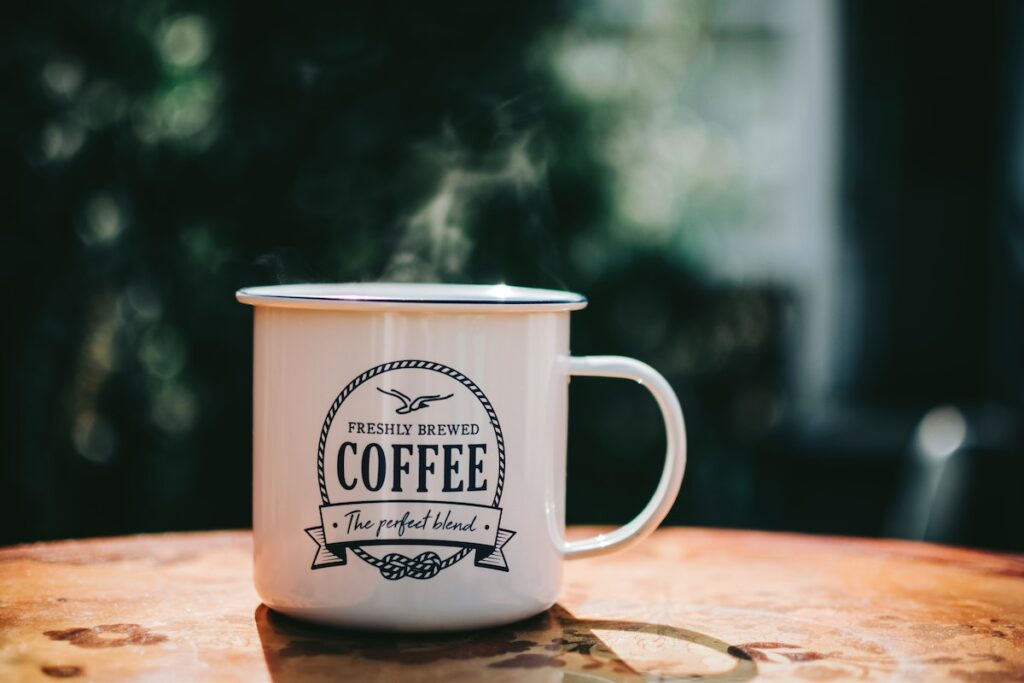
We can thank caffeine for some of these benefits, although not all of them are because of caffeine. However, it is a fact that caffeine has positive effects to our bodies if ingested in normal quantities.
But it may vary from body to body, so always be careful with your caffeine intake. When you drink too much coffee, you can suffer from anxiety, increased heart rate, trouble sleeping, headaches, and high blood pressure.
In general, an adult person can consume about 400 mg of caffeine per day and still be on the safe side (source). Some people may even consume more caffeine and still be fine, but for some, it might be too much. Don’t forget that pregnant women, children, and adolescents should be aware of caffeine intake as they have a lesser tolerance for caffeine and the effects of caffeine might be stronger.
By the way – 400 milligrams of caffeine is about four to five cups of coffee.
And this is all for today! We really hope this article was useful for you and now you have a better idea of how much caffeine you’re taking every time you drink an 8 oz cup of coffee.
Sources:
https://www.healthline.com/nutrition/how-much-caffeine-in-coffee
